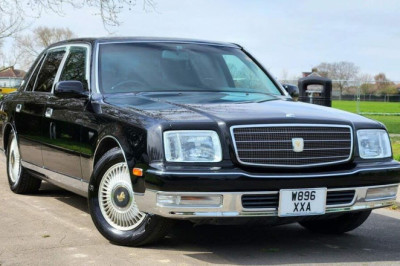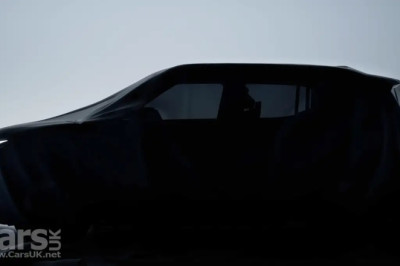
Pikes Peak race car Ep20 - Race week
Pikes Peak is a monstrous 12-mile hill climb with a mile of vertical ascent, split into three demanding sections: the lower section from the start to Glen Cove, the midsection up to Devil’s Playground filled with tight hairpins and massive elevation changes, and the top section, known for its rough, ice-damaged tarmac and unpredictable weather. Due to extreme winds at the summit this year, the race was restricted to the lower 6.4-mile segment, still a formidable challenge.
The team faced numerous hurdles from the moment Bug Zapper arrived in Colorado. Despite rigorous testing in the UK, the Pikes Peak environment presented unprecedented stresses the team could not fully simulate back home. Technical difficulties included power steering overheating from the relentless cornering and complex powertrain issues where the front and rear electric motors struggled to stay synchronized under aggressive acceleration and deceleration, causing the car’s control systems to enter limp mode.
To overcome these challenges, the crew worked long, grueling hours often starting before dawn and continuing deep into the night. They sourced a replacement power steering system with the help of Hot Rod Heaven in Manitou Springs and partnered closely with EV Controls to tune motor controllers for better reliability. In the end, a major decision was made to remove the front motor and convert Bug Zapper to rear-wheel drive to ensure the car would start the race safely.
Bug Zapper boasts a powerful electric drivetrain with three motors tuned for approximately 1,500–1,600 horsepower in the current setup, with potential for even higher output. Despite changes for reliability, the car’s raw power and technical sophistication make it a crowd favorite and strong competitor among a wide variety of vehicles, from vintage Alfa Romeos and Audis to muscle cars like Camaros and Mustangs also competing on Pikes Peak.
Seasoned driver Greg Rablachon, with multiple Hill Climb records, took the wheel for the race runs, showcasing impressive skill and control as he navigated the 150 corners with electric muscle powering the Bug Zapper. The team’s combined efforts paid off as they successfully completed the infamous climb, marking a major achievement after weeks of intense troubleshooting and fine-tuning.
This event demonstrated the demanding nature of Pikes Peak and the unique challenges electric vehicles face in this extreme environment. Bug Zapper’s journey is a testament to the dedication, technical expertise, and teamwork required to compete at such a high level. Thanks to generous sponsors like Mouser Electronics and the support of the electric racing community, the team looks forward to returning stronger next year.
In summary, Electric Classic Cars’ Bug Zapper overcame technical adversity to finish Pikes Peak’s grueling lower section amid challenging weather and mechanical issues. Their story highlights the evolving role of electric vehicles in historic motorsport events and the relentless passion driving innovation at the limits of performance. The Bug Zapper’s debut at Pikes Peak not only thrilled fans but also marked an important milestone in electric hill climb racing.














